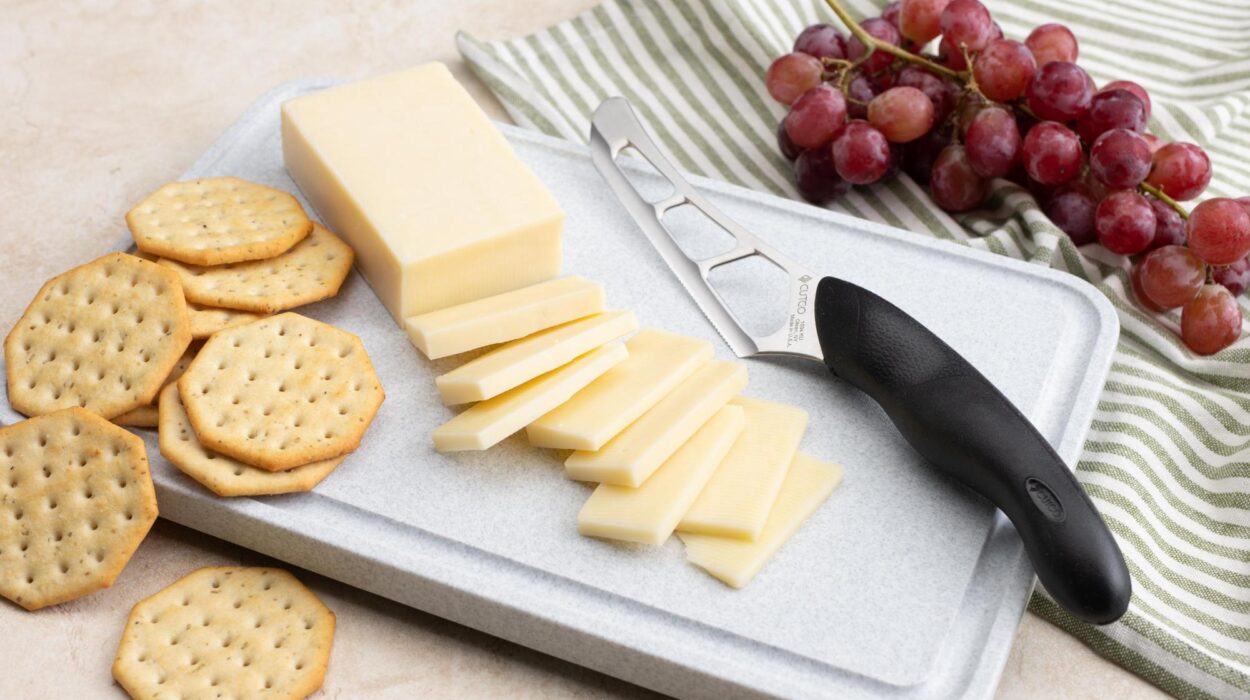Accidents happen to the best of us, especially in the kitchen where sharp tools like knives are essential. If you’ve ever wondered how to treat knife cut on finger, youre in the right place. This comprehensive guide is designed to give kitchen professionals and anyone handling knives the tools and knowledge they need to handle cuts effectively and safely.

What You Need to Do First
The first few moments after a cut are the most crucial. How you react in this immediate phase can determine the success of your treatment and recovery.
Step 1: Stay Calm
Panicking never helps. Stay composed and firmly assess the situation.
Step 2: Stop the Bleeding
Apply pressure using a clean cloth or gauze. For deeper cuts, keep the affected area elevated to reduce bleeding.
Essential Supplies
To handle a knife cut properly, you need the following items:
- Antiseptic wipes or solution
- Bandages or gauze
- Sterilized scissors
- Disposable gloves
- Clean water
If you work in a professional kitchen, consider keeping a complete first aid kit handy for emergencies.
Cleaning the Wound
After stopping the bleeding, the wound must be thoroughly cleaned to prevent infection.
Step-by-Step Cleaning Process
- Wash your hands with soap and water before handling the wound.
- Rinse the cut under lukewarm running water to remove any debris.
- Use an antiseptic solution or wipes to cleanse the area thoroughly.
Dressing the Cut
An appropriately dressed wound will promote faster healing and reduce the risk of infection.
How to Apply a Bandage
- Dry the area around the cut gently with a clean cloth.
- Place a sterilized bandage over the cut, ensuring it covers the entire wound.
- Secure the bandage but avoid wrapping it too tightly, as this may obstruct blood flow.
When to Seek Medical Help
While many knife cuts can be treated at home, some require professional medical attention. Seek help if:
- The bleeding doesnt stop after 10 minutes of firm pressure.
- The cut is deep enough to expose tissue or bone.
- You notice signs of infection like excessive redness, swelling, or pus.
Preventing Knife Injuries
Avoiding future accidents involves proper knife handling and maintenance. Read this knife safety guide to build safer habits.
Final Thoughts
Dealing with a knife cut doesnt have to be overly complicated. By following these simple steps, you’ll know exactly how to treat knife cut on finger without stress. If you want to learn safe cutting techniques with a knife, check out this useful guide.
FAQ Section
1. How long does it take for a knife cut to heal?
Most minor cuts heal within 5-10 days.
2. Can I use any bandage for knife cuts?
Yes, but antibacterial ones are the most effective.
3. Are kitchen-specific injuries different?
No, but they often involve unique circumstances like food contamination.

Additional Resources
To expand your knowledge, this kitchen injuries guide will be immensely helpful!
This article contains affiliate links. We may earn a commission at no extra cost to you.


